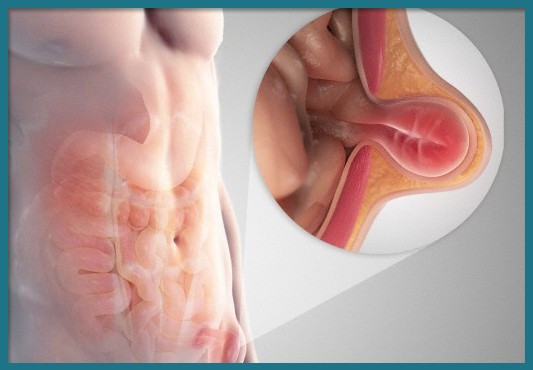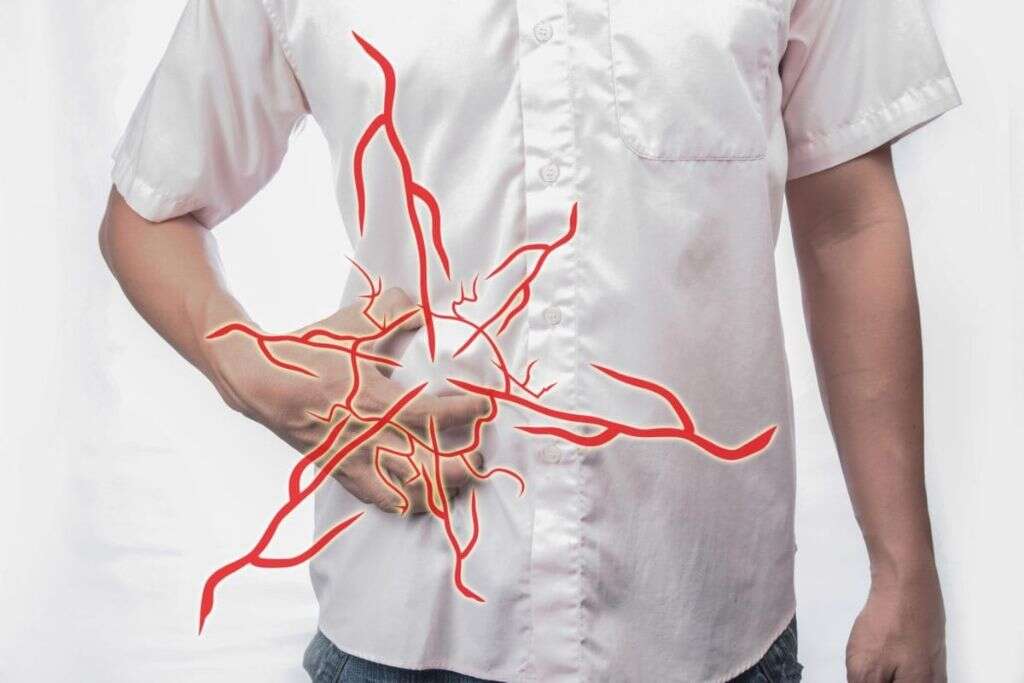

appears red, swollen, or is leaking fluid)
your child develops a fever of 38.5✬ or higher. Contact your child's surgeon or the hospital if: nerve damage that can result in numbness over the wound.Īfter your child's surgery, you will be given some post-operative care instructions. damage to the vas deferens (the tube that carries sperm from the testicle). injury to the testicle, resulting in a smaller testicle in the long-term (however, if a hernia is strangulated, the testicle may already have been damaged from lack of blood supply). the hernia was strangulated and the surgery was difficult to perform.Ĭomplications are rare in inguinal hernia surgery, but may include:. your child is less than six weeks old (or corrected age if born premature). the hernia repair was performed as an emergency. Hernia repair is usually a day procedure, but in some circumstances, your child may need to stay overnight in the hospital for observation. Your surgeon may suggest surgery on the unaffected side to stop future hernia development. 
If your child has an inguinal hernia on one side only, there is a small possibility of developing a hernia on the other side. The type of anaesthetic used depends on the child and will be discussed with you.

Anaesthetic may be either general (where your child will be asleep), or spinal (where your child will be completely numb from the chest down during the operation). Hernia surgery is done under anaesthesia. If the inguinal hernia is detected and corrected early, there should be no long-term A herniotomy will prevent the hernia from coming back. Surgical hernia repair (a herniotomy) is always necessary in cases of inguinal hernia – even simple inguinal hernias are at risk of becoming strangulated. If your child shows signs of a strangulated hernia, they need urgent surgical treatment at a specialist paediatric hospital. Out by pressing lightly on your child's abdomen. If the hernia is not visible at the time of the visit, your doctor may try to bring it The examination may include feeling the hernia and attempting to reduce it. The GP will examine your child's groin on both sides. If you think your child has a hernia of any kind, you need to see a GP.
a swelling that does not change in size when your child is crying. a swelling that is red or pale blue-grey in colour and is noticeably tender. You should call an ambulance if your child has an inguinal hernia and they develop any of the following symptoms: This is then no longer reducible and is described as a strangulated hernia, which requires urgent medical attention. If part of the bowel gets stuck outside the muscle wall, it is at risk of having its blood supply cut off. Sometimes there are inguinal hernia complications. In a simple inguinal hernia, the bowel can move freely in and out of the opening in the muscle wall. Inguinal hernias are slightly more common on the right side, but may occur on the left or on both sides of the groin or scrotum. may be more noticeable or increase in size when your baby is crying, coughing or straining. may disappear or reduce in size when your baby is relaxed and lying flat. is usually painless (but there may be some mild discomfort). If your child has an inguinal hernia, they may have swelling or a visible lump in the groin, or a swelling in the scrotum. In some cases, inguinal hernias can become life-threatening, and require urgent medical attention. Boys are up to eight times more likely than girls to have an inguinal hernia.Ī doctor should always see your child for a hernia diagnosis. IS A HERNIA PAINFUL SKIN
In boys, an inguinal hernia may extend into the scrotum (pouch of skin containing the testes). Hernias show up as a lump or bulge under the skin.Īn inguinal ( in-gwin-al) hernia is a hernia that occurs in the groin. A hernia happens when part of an internal organ (usually the bowel) pushes through a weak spot in the muscles covering the abdomen (tummy).







 0 kommentar(er)
0 kommentar(er)
